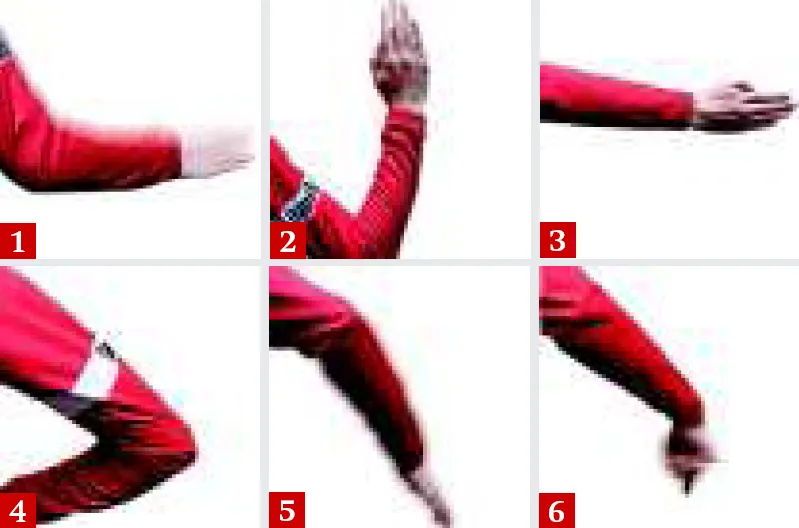Bunch riding is social and fast – if you’re a club or mass-participation event rider you’ll be doing it all the time – but most importantly, it makes your life easier.
Pro peloton statistics have shown that during the final kilometres leading to a sprint finish, the rider at the front will be putting out around 600 watts to maintain their blistering pace. Those in their slipstream can keep up by expending a relatively paltry 380 watts.
You may not be hitting such intense peaks, but if you’re planning on taking part in sportives, training with a club or racing, then being comfortable with the skills of group riding is essential.
1 Communicate
The most important factor in group riding is communication, so ensure you know the meaning of verbal signals and pass them through the group. There are obvious shouts such as ‘slowing’, ‘braking’ and ‘easy’, but others to be aware of are: ‘car/oil up’, meaning there’s a car ahead to be aware of; ‘car/oil back’, letting you know a car behind might be trying to overtake, and ‘single out’, which tells you to adopt a single file formation.
There are a number of hand signals you should also be aware of and these must also be passed along the group:

2 Ride consistently
Be aware of those around you and remember that your movements will affect everyone in the group. For example, if you get out of the saddle on a climb then your back wheel typically drops back around six inches.
Pedal continuously at a pace and cadence consistent with those ahead and when it’s your turn to lead, try to maintain the pace of the group. Bear in mind that riding in a group should be a pleasure, not an arduous chore. If you’re tense you’re more likely to make a mistake.
3 Ride close
You’ll only benefit from the slipstream if you’re tucked right in behind the rider in front. If you’re nervous about clipping their wheel then ride six inches to one side of it, but don’t let the wheels overlap. Avoid staring at the rear tyre of the rider ahead and instead look up – you’ll be able to see and relax more.
4 Ease off the brakes
A good group rider will barely need to touch their brakes and any changes of speed should be gradual. If the road looks clear, ride with your hands on the tops and don’t finger your brakes.
5 Don’t half wheel
You’ll generally be riding two abreast, so maintain an even pace and stay level with the person next to you. Don’t up the pace whenever a rider draws level to you. This is known as ‘half wheeling’ and it’s bad form.
6 Don’t fool about
In a group, you’re responsible for the safety of everyone. Concentrate on what’s going on around you and don’t do anything that could cause a crash.
7 Avoid wheel suck
Don’t always sit behind others and shirk your stint on the front. Even if you just put in a few pedal turns, your effort will be appreciated.

